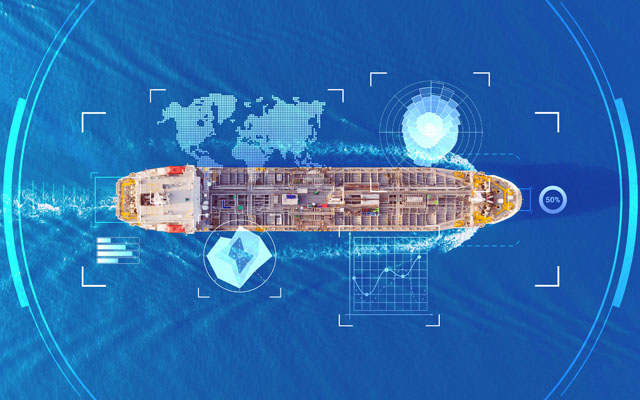Sustainability-focused design and engineering consultancy Houlder has developed a new tool for analysing ship performance and evaluating efficiency options, including energy efficiency technologies – also known as energy-saving devices or clean technologies.
The Houlder Optimisation and Modelling Environment, (HOME), uses digital twin technology to create a virtual world which can be used to analyse tweaks to the operations of existing ships, to design new vessels, or to outline various ways to save fuel and cut associated GHG emissions on specific voyages or across all operations.
Using HOME, shipowners are able to analyse the emissions performance of efficiency technologies for their specific vessel and its unique operating profile. Fundamentally, each ship has different efficiency requirements impacted by route, cargo, design and so on, and will benefit from a different technology or blend of technologies. According to Houlder, the key is to start with the ship, rather than the technology.
Houlder CEO Rupert Hare said: “The vessel efficiency opportunity is well understood; if you save fuel, you save money and GHG emissions. If you save emissions, you save the planet. It’s a virtuous circle in that regard. However, uncertainty about the performance of efficiency technologies remains a barrier to final investment decisions and wider uptake. Clear data from an independent and objective source on the specific fuel and emissions savings of green solutions can help build the commercial case required. Good decisions need good data and it’s always a smart idea to get a second opinion.”
Jonathan Strachan, CTO Houlder, added: “This isn’t just about looking at how ships do what they do; it’s about making them do it better. Depending on what a client needs, HOME can dial the detail up or down. For those at the drawing-board stage, basic-fidelity simulations offer a quick peek at what’s possible. For more in-depth analysis, like weighing up different modifications or getting into the nitty-gritty of business planning, mid-fidelity and high-fidelity simulations provide richer, more detailed insights through Houlder’s computational fluid dynamics (CFD) and hydrodynamics capabilities and expertise.”
Operational modelling is considered an emerging field of study for the maritime industry – advances in processing power, AI, and big data are leading to the development of new and smarter tools. When real-world data from ships is available, it can be fed into HOME to make the modelling more accurate. The system can calculate CII and EEXI ratings, plus hull forms can be recreated from 2D drawings, removing the need for expensive 3D scanning.
Decarbonisation and energy efficiency technologies that can be evaluated include rigid wing sails, Flettner rotors, kite sails, suction wings, waste heat recovery solutions, Mewis ducts, propeller boss cap fins, rudder bulbs, pre-swirl stators, wake equalising ducts, air lubrication, bow enhancement, hull fins, hull antifouling technologies, hull form optimisations, propeller optimisations, and engine optimisations.
With more efficiency technologies available – and regulatory, economic, technical, and financial drivers for their adoption evolving – it is said to be time to evaluate technologies in combination, analyse real-world performance data, identify fleet-wide trends, take opportunities for incremental gains, calculate payback periods in-detail, and delve into technology readiness levels.
Image: Houlder Optimisation & Modelling Environment (HOME) (source: Houlder/Blue Comms)



